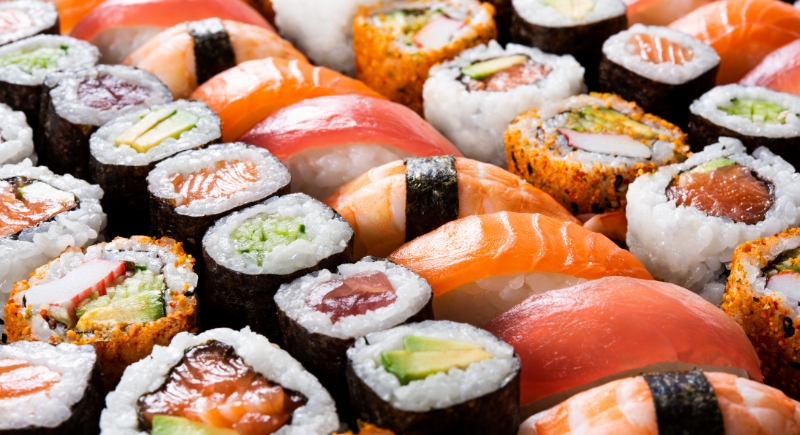The Iconic Green ‘Matrix’ Code Is Actually Based on Sushi Recipes
If you’ve ever watched The Matrix, those cascading green symbols have probably stayed with you. They filled the film’s opening credits, glowed across the Nebuchadnezzar’s screens, and maybe even appeared in your dreams after seeing Keanu Reeves dodge bullets in slow motion. The glowing streams of code became the visual heartbeat of the movie’s digital world. Yet behind all that sci-fi style was an unexpected touch from the kitchen.
A Recipe Hidden in Plain Sight
The Wachowskis asked Simon Whiteley, a production designer at Animal Logic, to craft something with a distinct Japanese influence. Their original test designs didn’t hit the mark, so Whiteley looked for inspiration close to home.
His Japanese wife owned stacks of cookbooks and magazines, and one of them contained the spark that would change movie visuals forever. He studied the characters, drew them by hand, and turned them into a flowing sequence that eventually became the Matrix code.
In an interview, Whiteley explained that he borrowed Japanese hiragana, katakana, and kanji characters, then stylized them into glowing green lines. What fans didn’t realize is that many of those characters came straight from sushi recipes.
The elegant mix of culture and design was exactly what the Wachowskis wanted: a graphic language that felt both familiar and otherworldly. Whiteley even said, “Without that code, there is no Matrix.”
When Code Became Art
Originally, the text scrolled horizontally, like lines of programming. It looked technical but lacked emotion. Whiteley revisited his source material and noticed how traditional Japanese writing flows vertically. He flipped the direction and tested it again. The moment it started falling top to bottom, it clicked. The new motion gave the illusion of rain, steady and hypnotic, with a quiet sense of depth.
Once the animation team layered it in three dimensions, the effect deepened. Viewers saw endless columns of green light trickling down like rainfall, perfectly matching the movie’s tone of sleek despair and mechanical control. Whiteley later said that’s why it worked: it didn’t just look like data; it felt like weather, something natural and slightly melancholic.
Fans have spent years trying to decode the characters, hoping to find hidden meaning. Some Japanese viewers pointed out that many of the symbols don’t actually spell anything coherent, since Whiteley used stylized katakana rather than full sentences. Others joked that if you could read it, you might find instructions for rolling sushi instead of cracking the secrets of reality.
Whiteley has never revealed the exact cookbook that inspired it all. He prefers to keep that detail secret, calling it “the last bit of magic.” What he does confirm is that the book, or possibly a magazine, still sits on his wife’s shelf, though it’s now worn and falling apart.
A Design Accident That Became Immortal

Image via Getty Images/Ridofranz
For Whiteley, the Matrix code was one of his simpler projects that became his most recognized creation. Over two decades later, it still defines how audiences visualize virtual reality. It’s printed on T-shirts, wallpapered in game menus, and spoofed in everything from cartoons to tech commercials.
When you rewatch and see those green streams trickling across the screen, you can thank sushi for inspiring one of Hollywood’s coolest movie secrets.